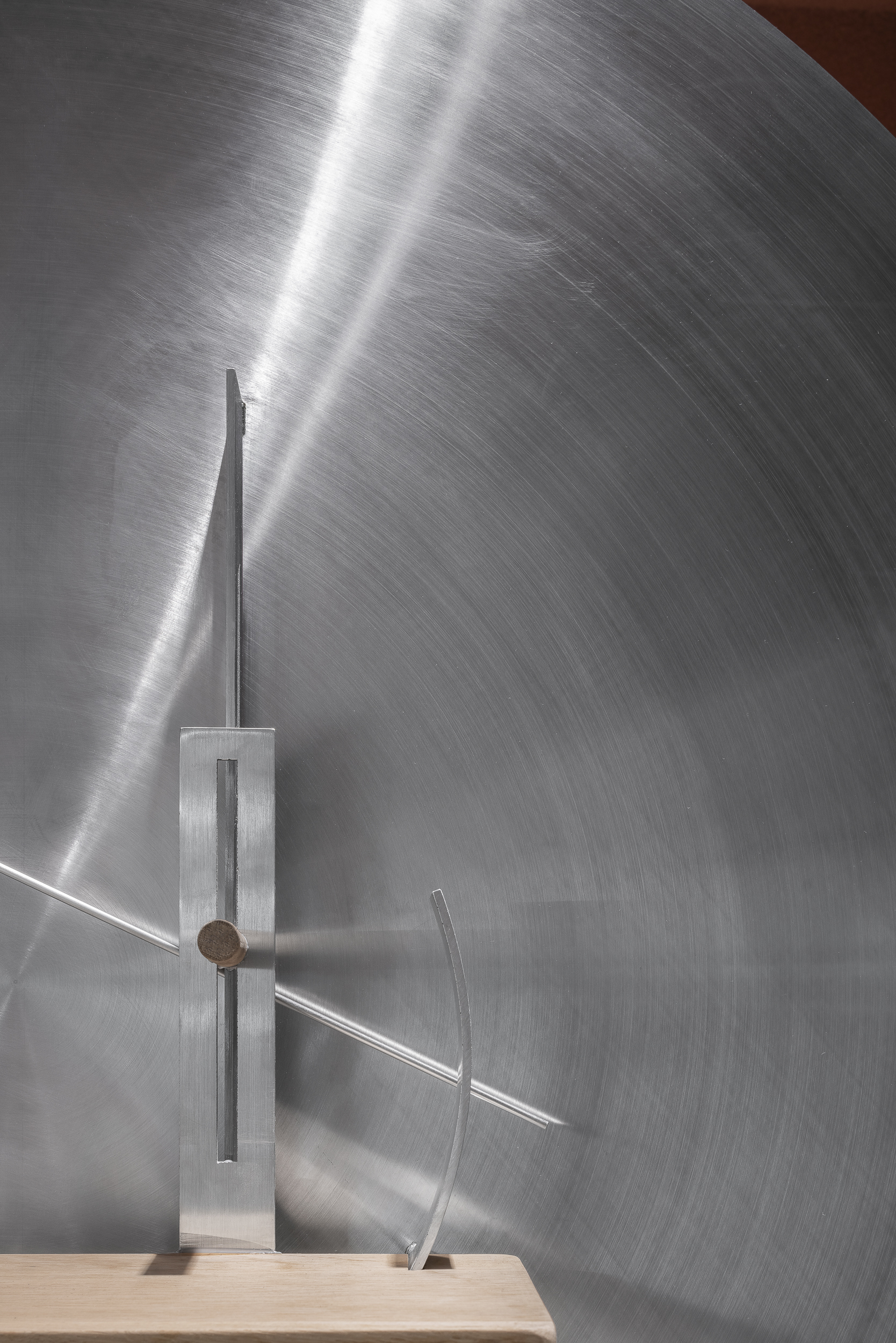
静止是物体的不可见内部运动。
Stillness is the invisible internal movement of an object.
隐形促使人们将注意力集中在物体的复杂结构上。所有物体都以看不见的速度运动着,这使人们在叙事记忆的过程中对经常相互矛盾的真相不断深思,并获得其他方式无法呈现的空间和时间的共时性。
Invisibility prompts people to focus on the complex structure of objects. All objects move at an invisible speed, which makes people continue to ponder the often contradictory truths in the process of narrative memory, and obtain the synchronicity of space and time that cannot be presented in other ways.
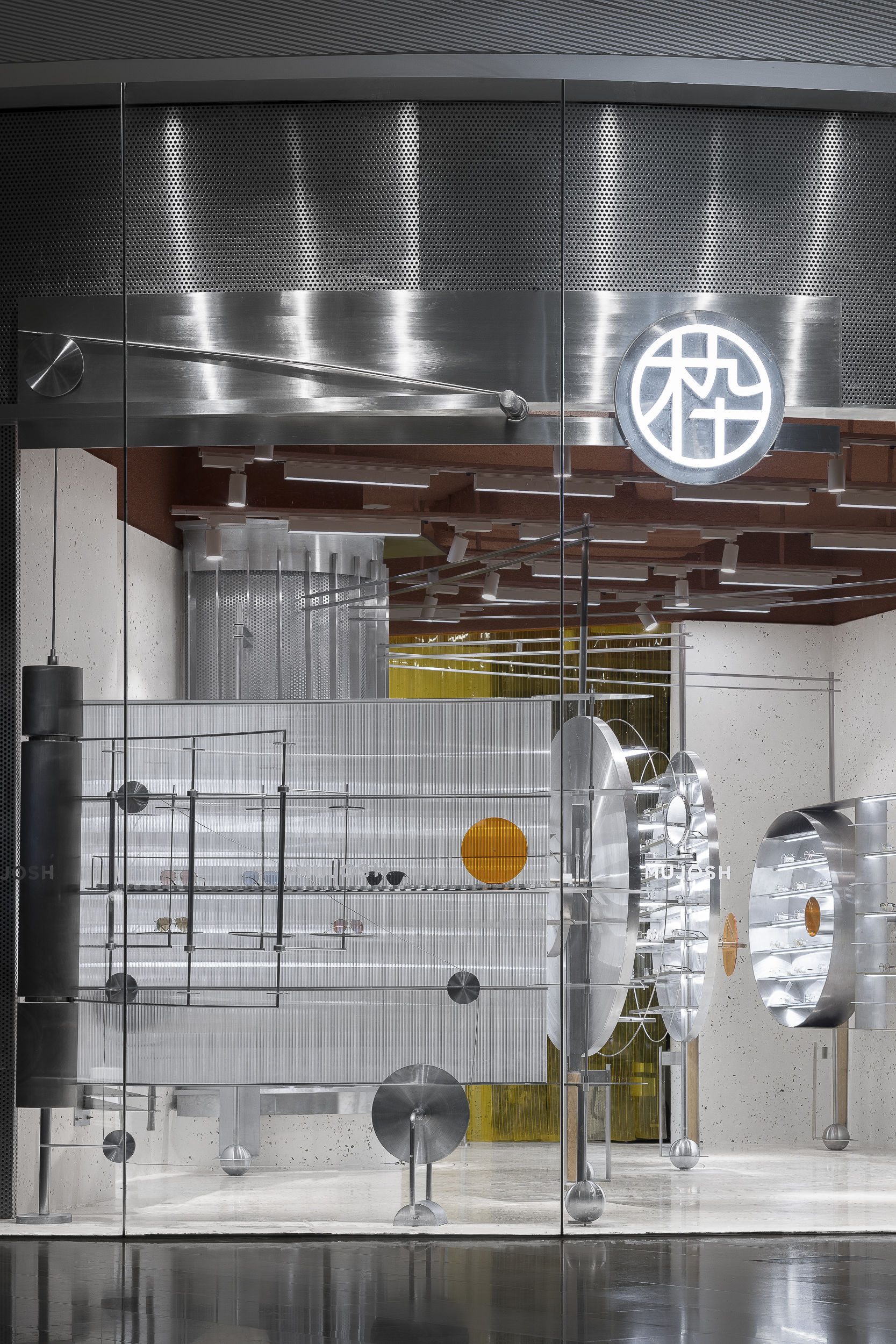
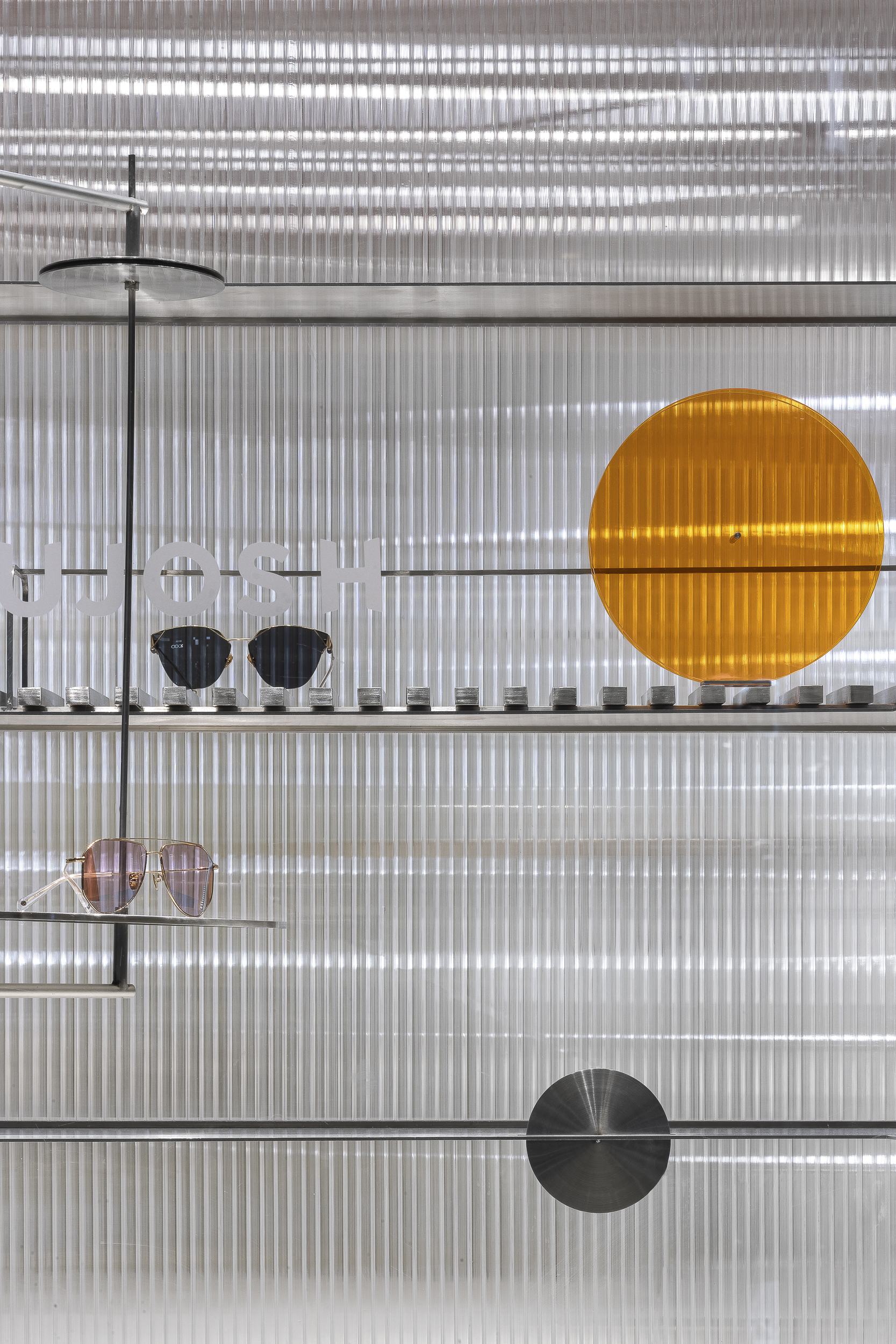
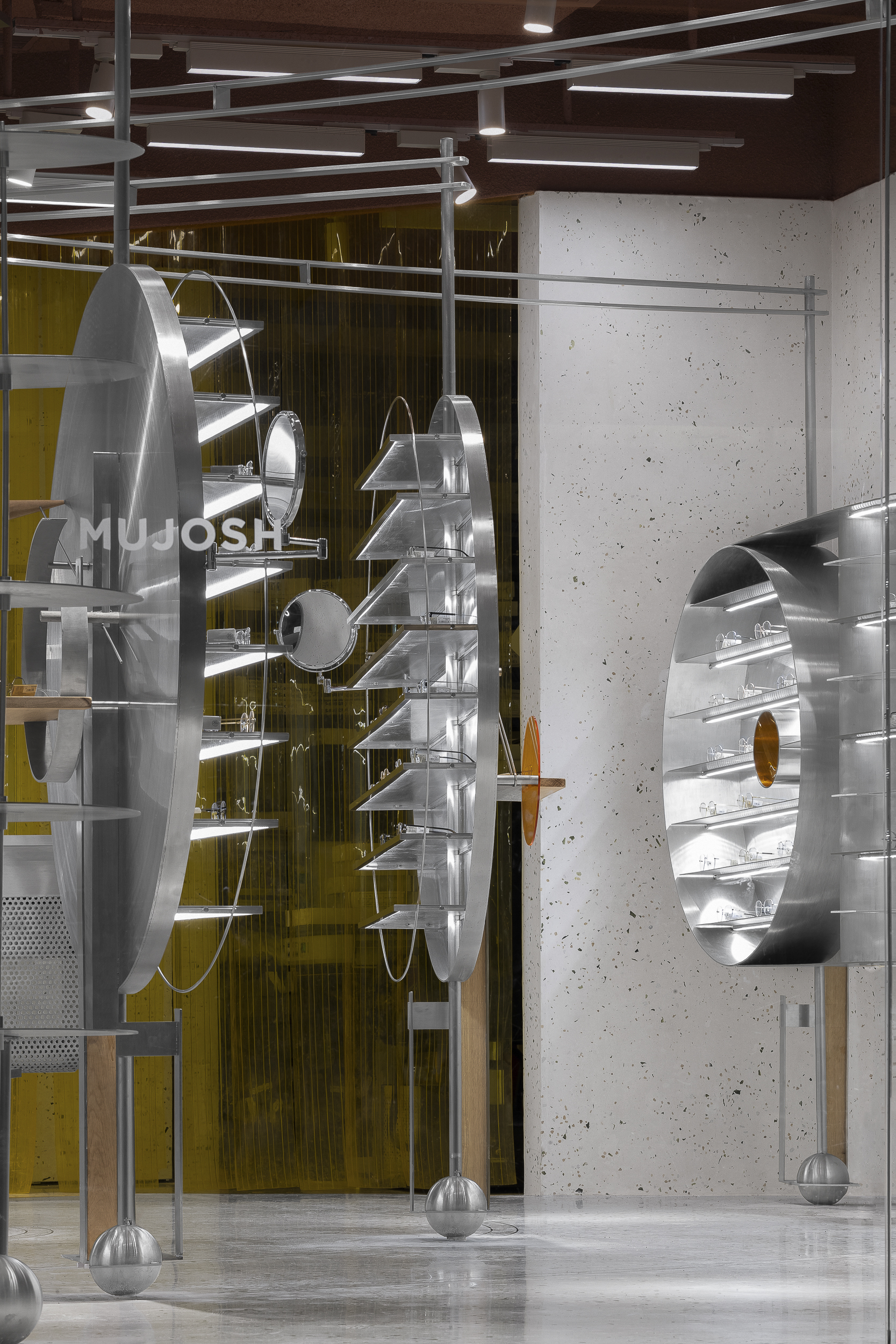
将连续运动中的行为分解成一系列静态的画面,实际上仍然加强了其行为的动感。这是一个神奇的建筑隐喻,当我们把一个物体按照它在运动中定格产生的一连串稳定状态依次建造出来时,这个静止的物体看起来就像处在运动中。
Decomposing the behavior in continuous motion into a series of static pictures actually still strengthens the dynamics of his behavior. This is a magical architectural metaphor. When we construct an object in sequence according to a series of stable states produced by it in motion, the stationary object looks like it is in motion.
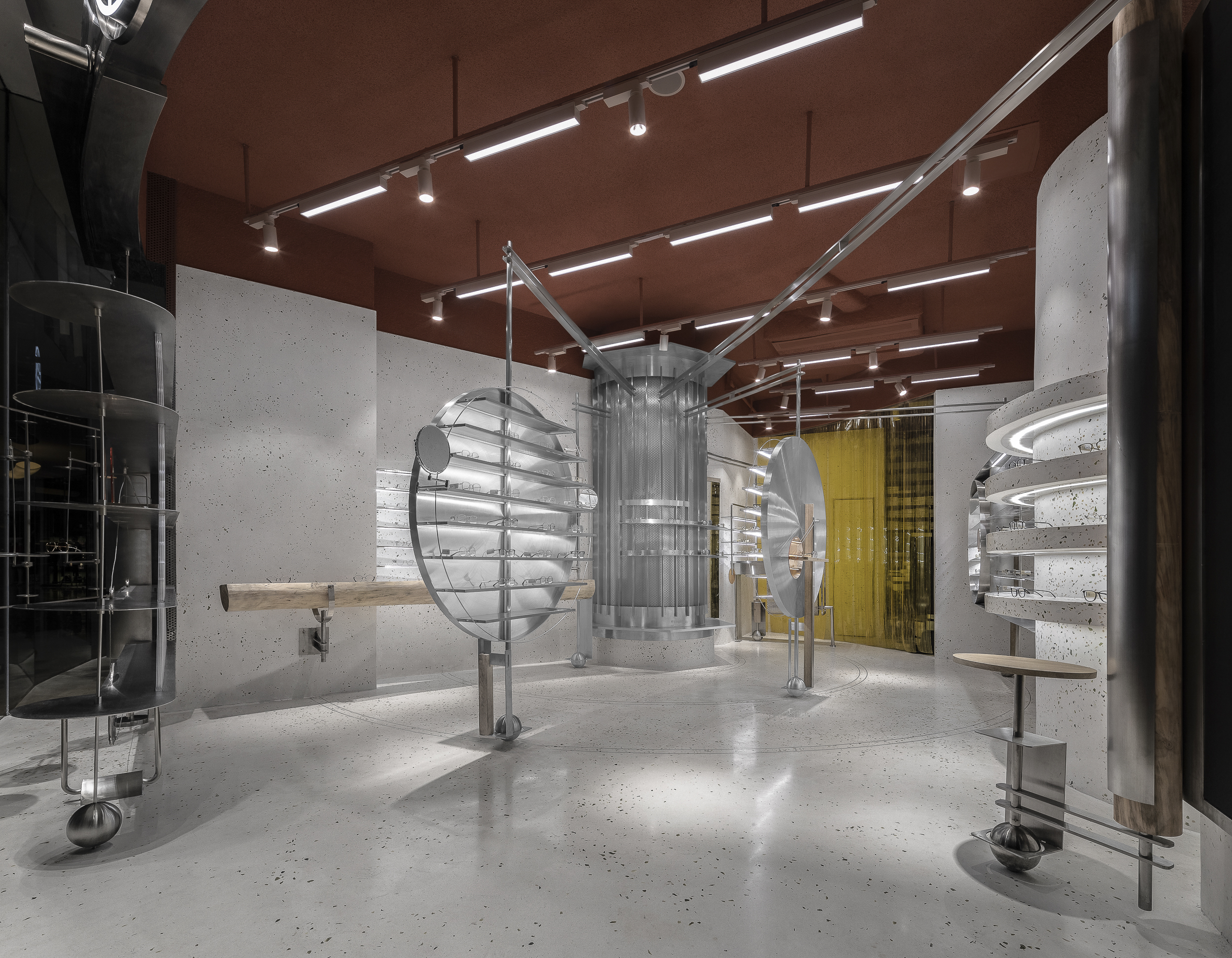
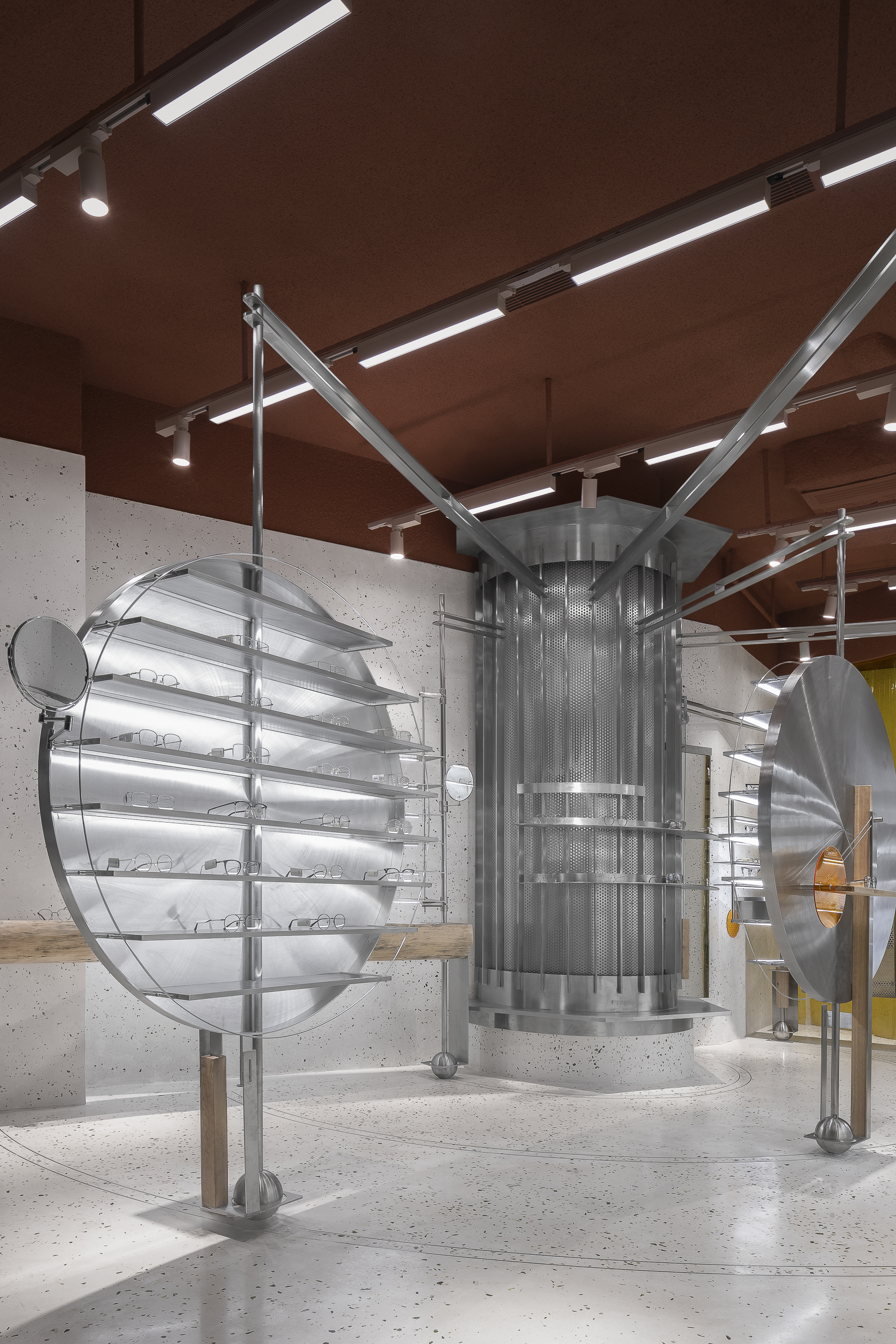
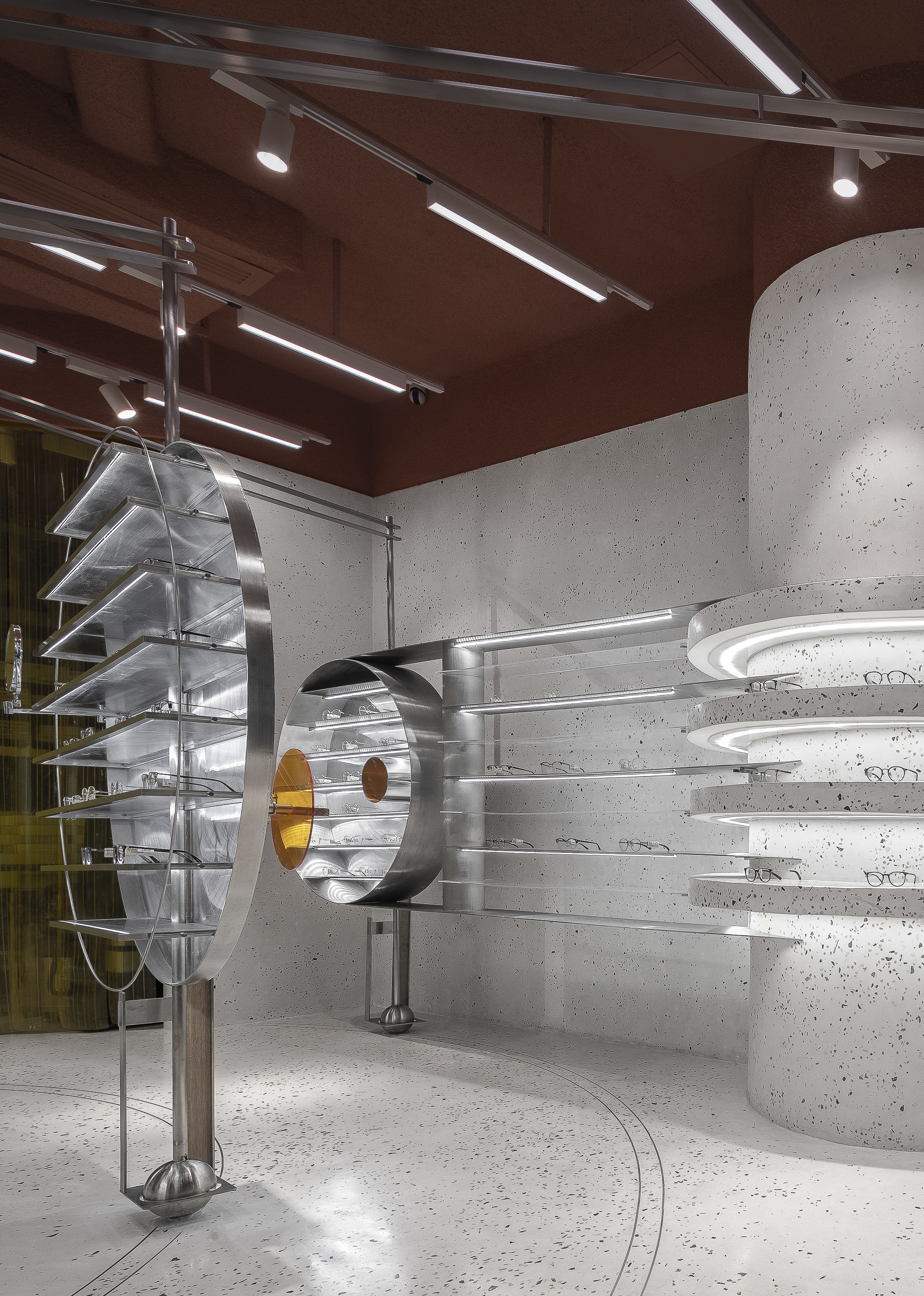
尝试模拟某种机械运动的冻结,从而将运动过程中产生的惯性,张力,重力,轨迹甚至刮擦记录为静态图片。而时钟又在静止状态下的“移动装置”里标记了空间的存储点。
Try to simulate the freezing of a certain mechanical movement, so as to record the inertia, tension, gravity, trajectory and even scratches generated during the movement as a static picture. And the clock marks the storage point of the space in the “mobile device” in the static state.
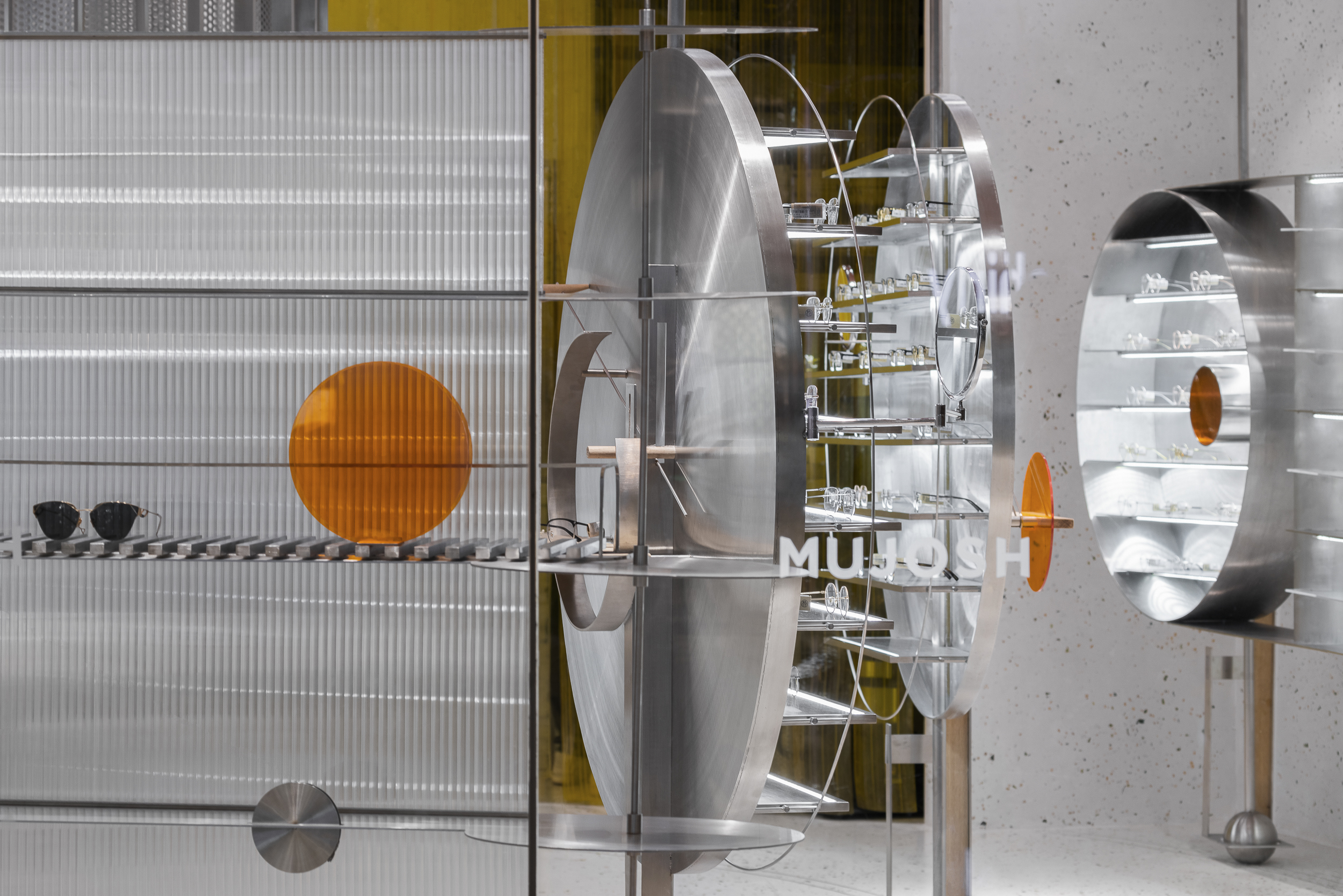
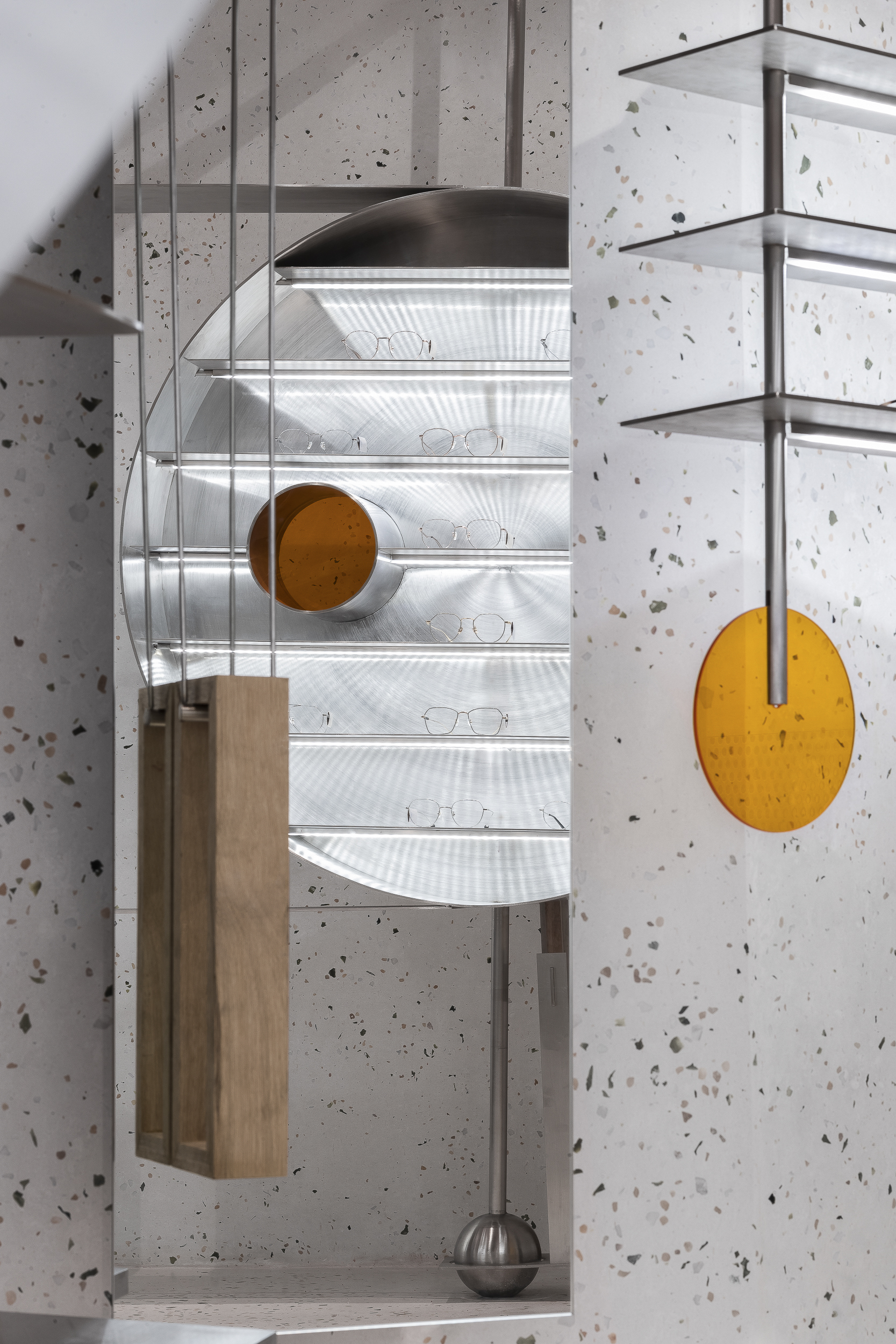
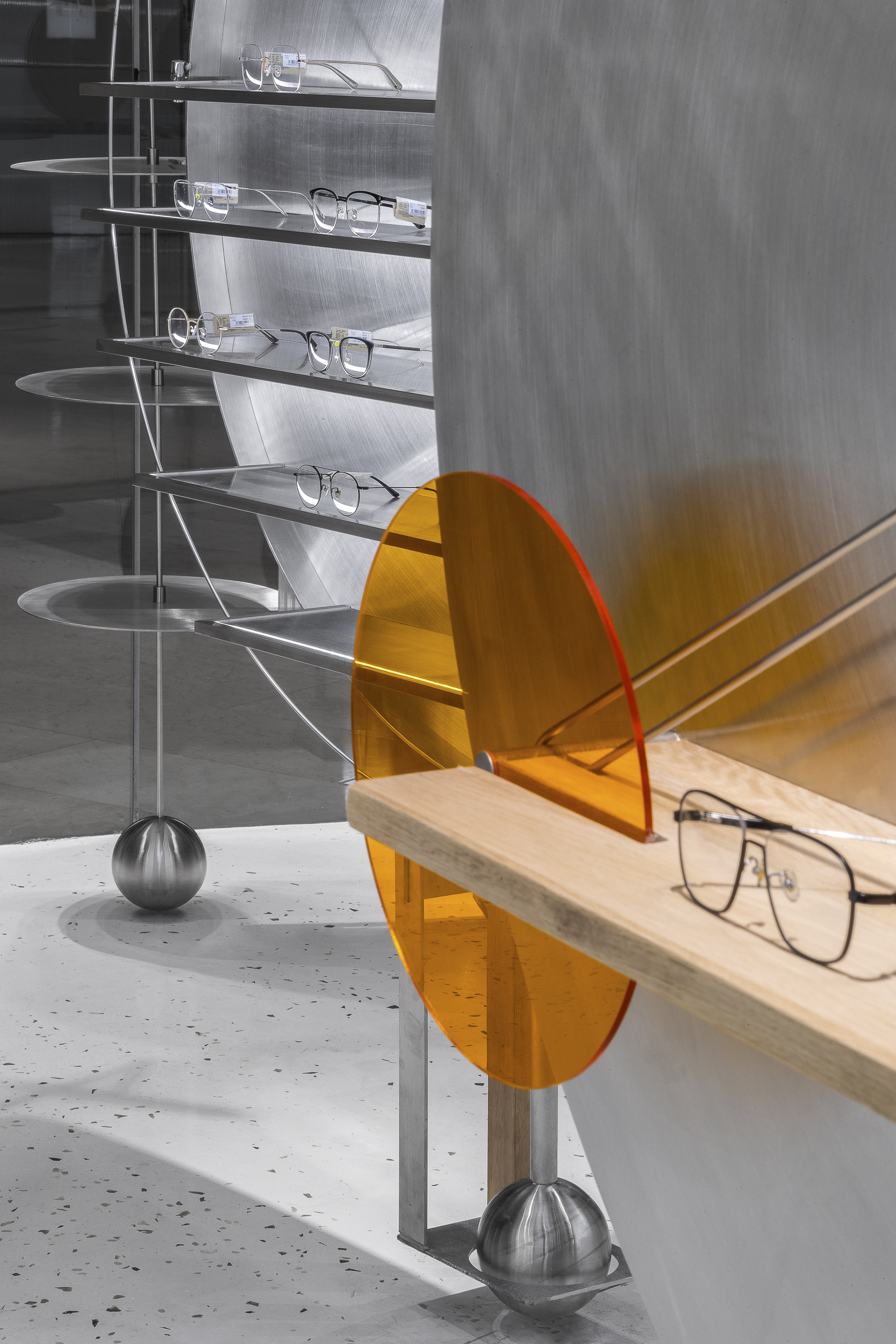
时间和空间的同步性
Synchronization of time and space
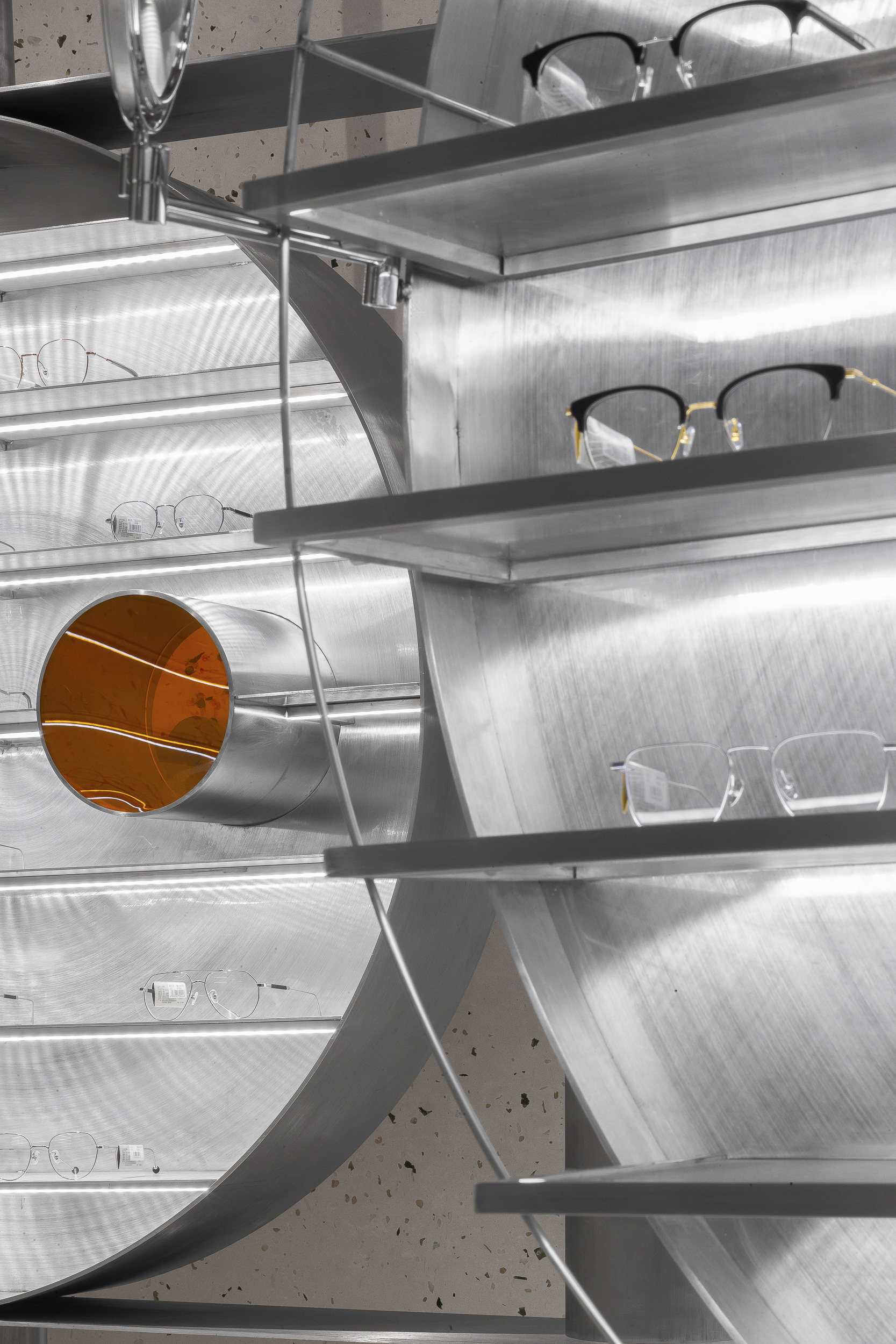
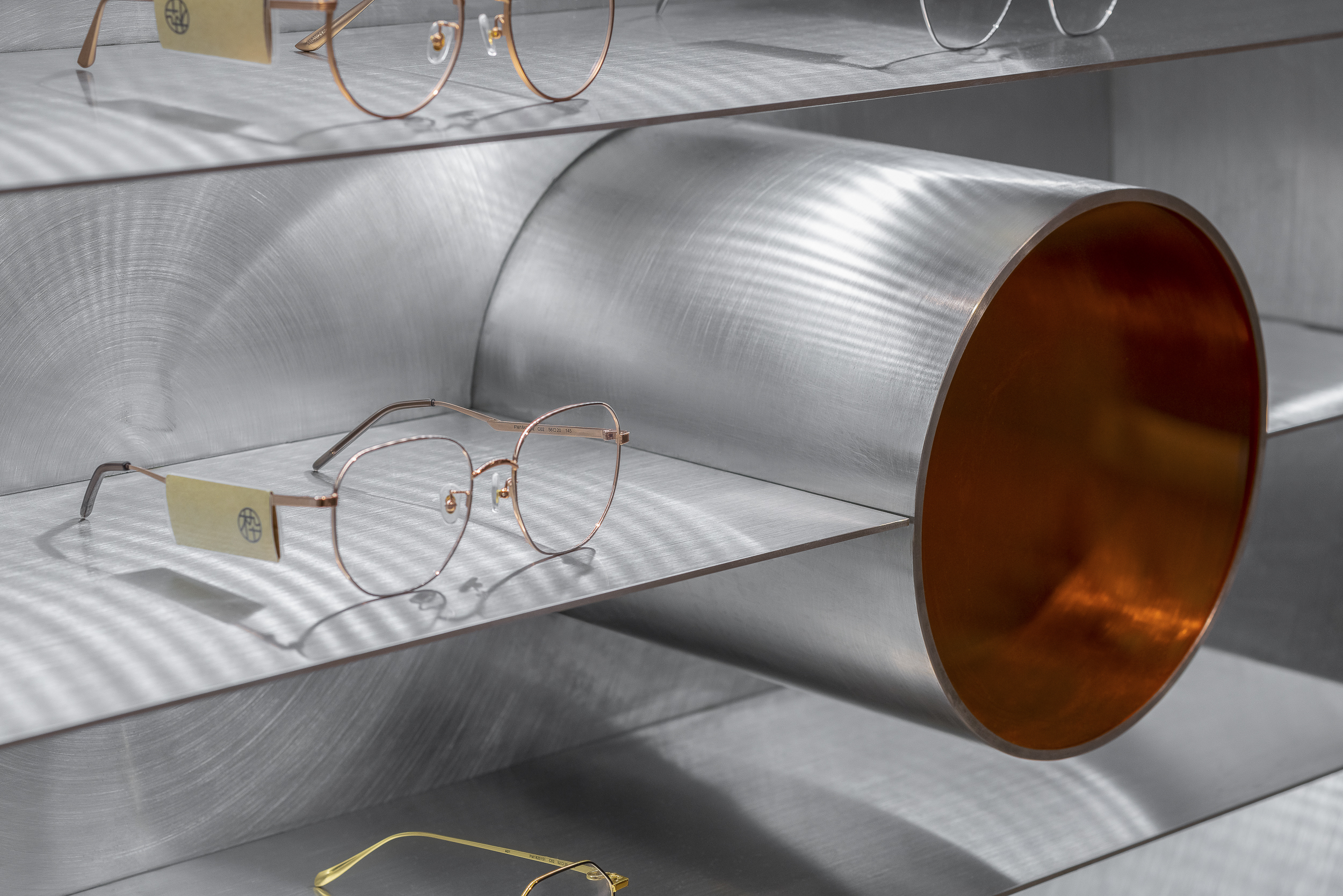
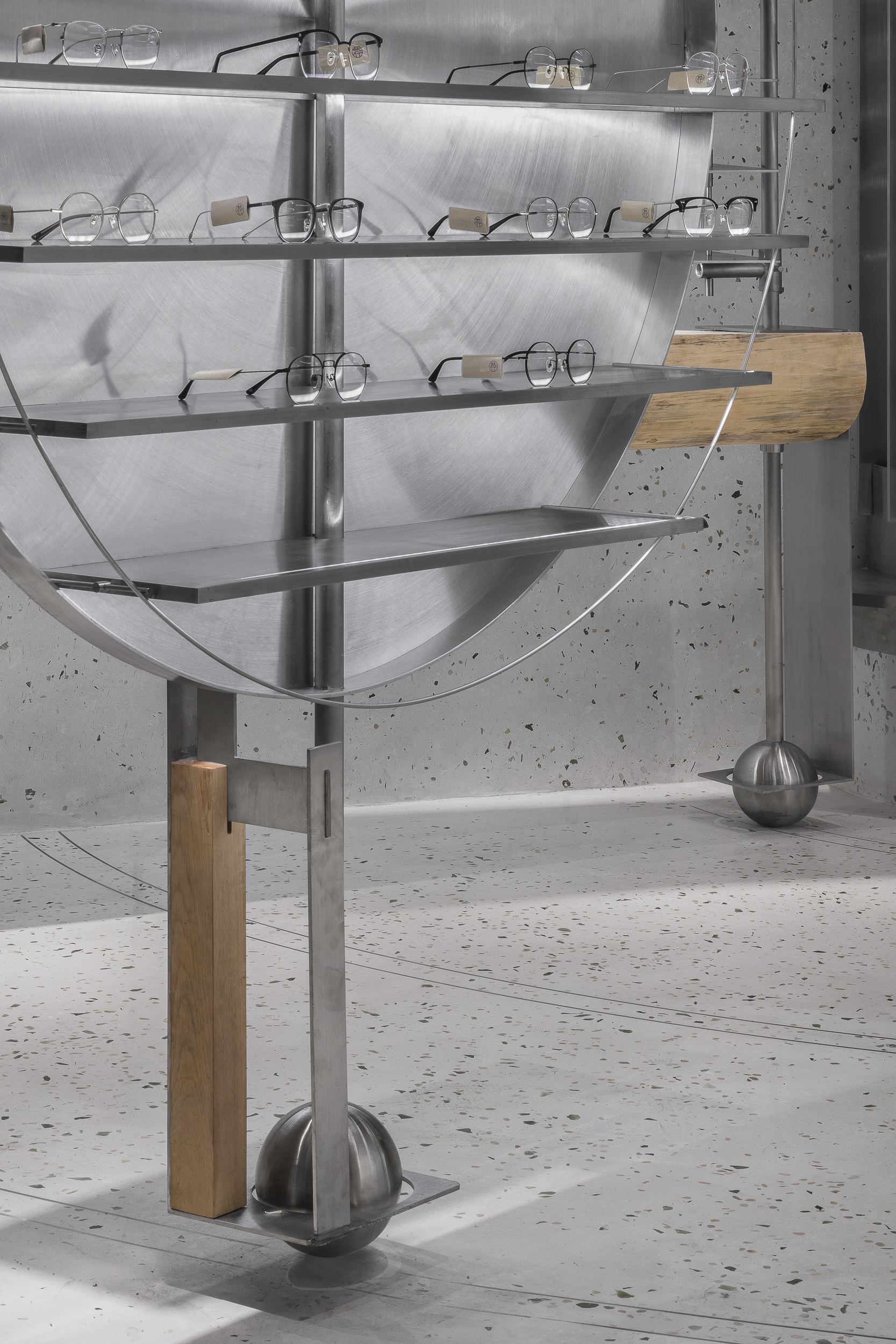
暴露出来的运动轨迹
Exposed movement trajectory
每一条线总是暗示着和顺从着另一条线——它的镜像、影子或替身。运动和静态的边缘和边界从来不是简单区分的,而勾画轮廓的姿态成为一种反领域化行为。
Each line always implies and follows another line—its mirror image, shadow, or substitute. The edges and boundaries of motion and static are never simply distinguished, and the posture of contouring has become an act of de-territorialization.
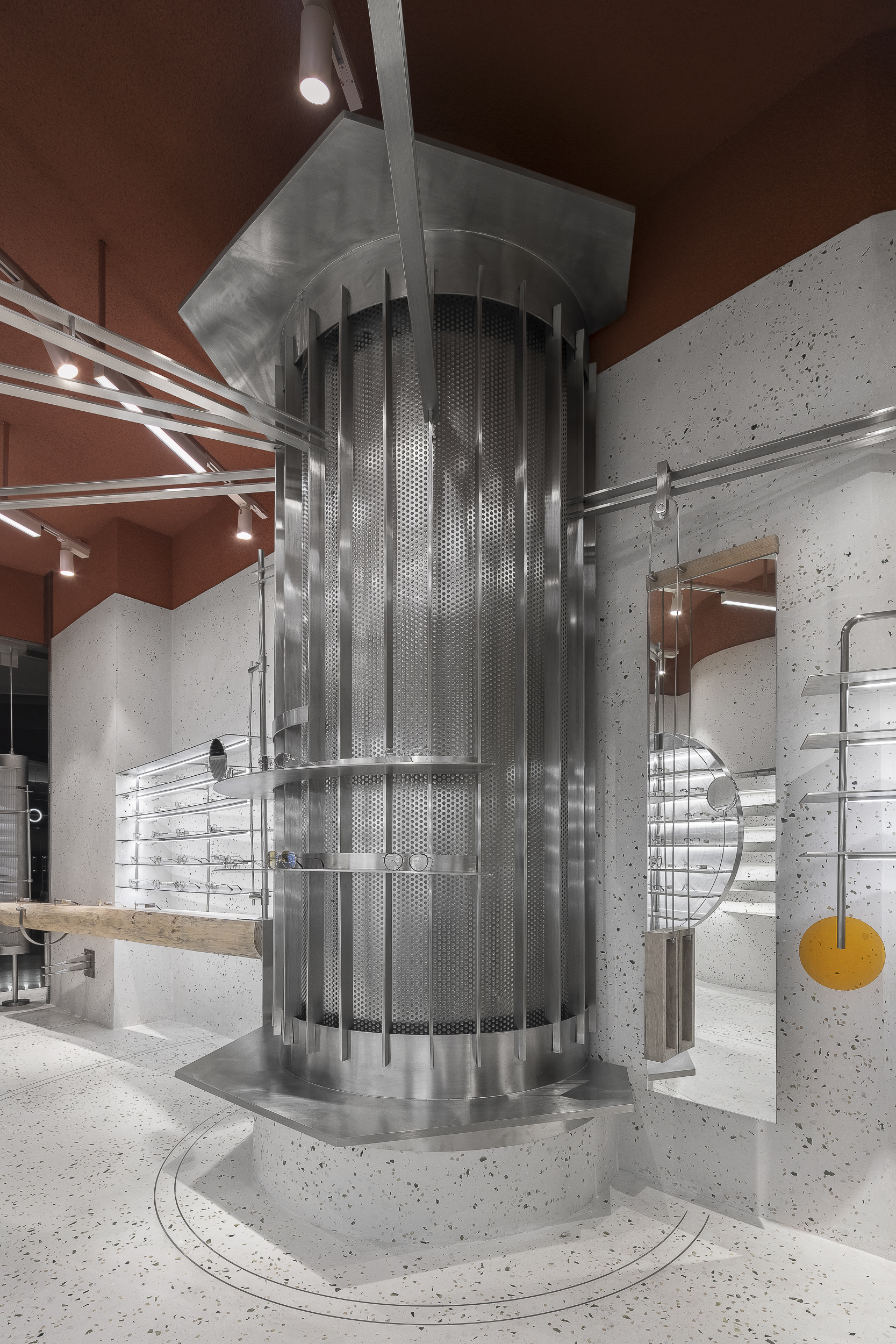
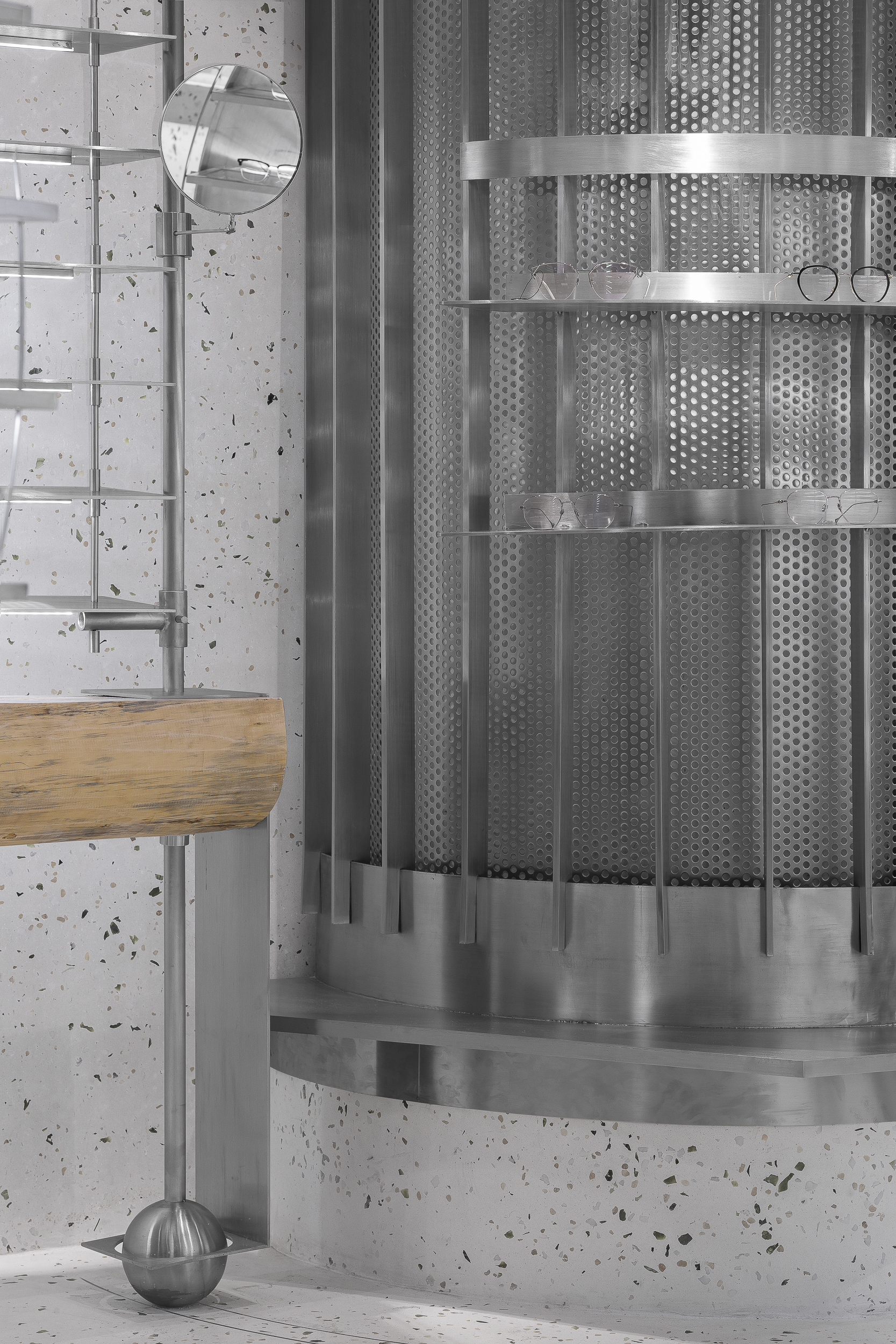
物质的不断运动和转化过程
The continuous movement and transformation of matter
静态实体的建筑物彻底转化成一个能量释放的动态的过程,一个事件活动得以呈现和自我呈现的过程。在此,过去、现在和将来激发出时空感的叠加,由我们的感观认知和心智建构的时间过程定义的时空感。
The static physical building is completely transformed into a dynamic process of energy release. A process in which event activities are presented and self-presented. Here, the past, present, and future stimulate the superposition of the sense of time and space, which defined by our sensory cognition and the time process constructed by our mind.
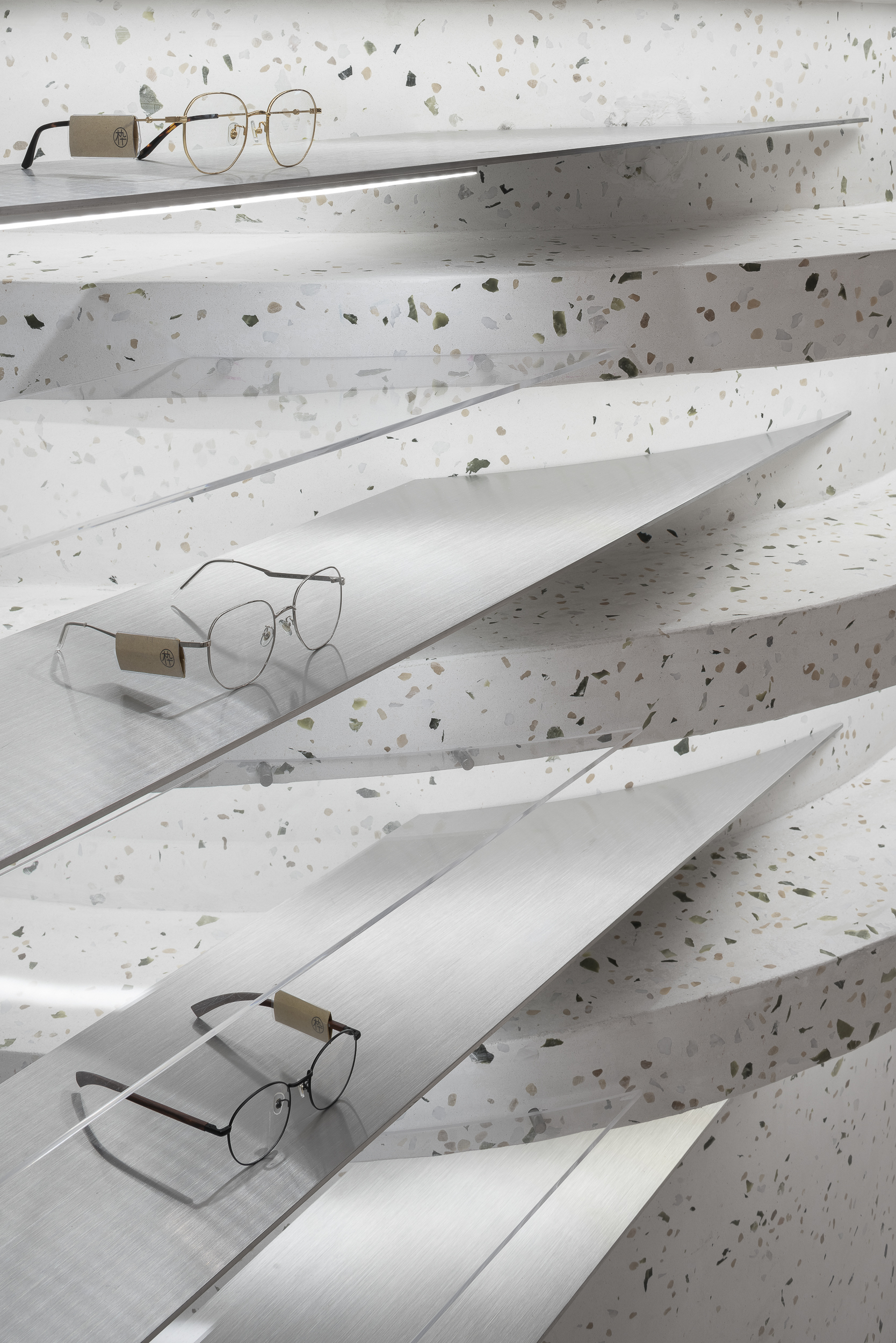
这个图片受版权保护的

















